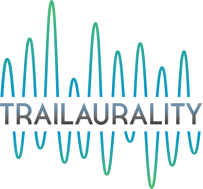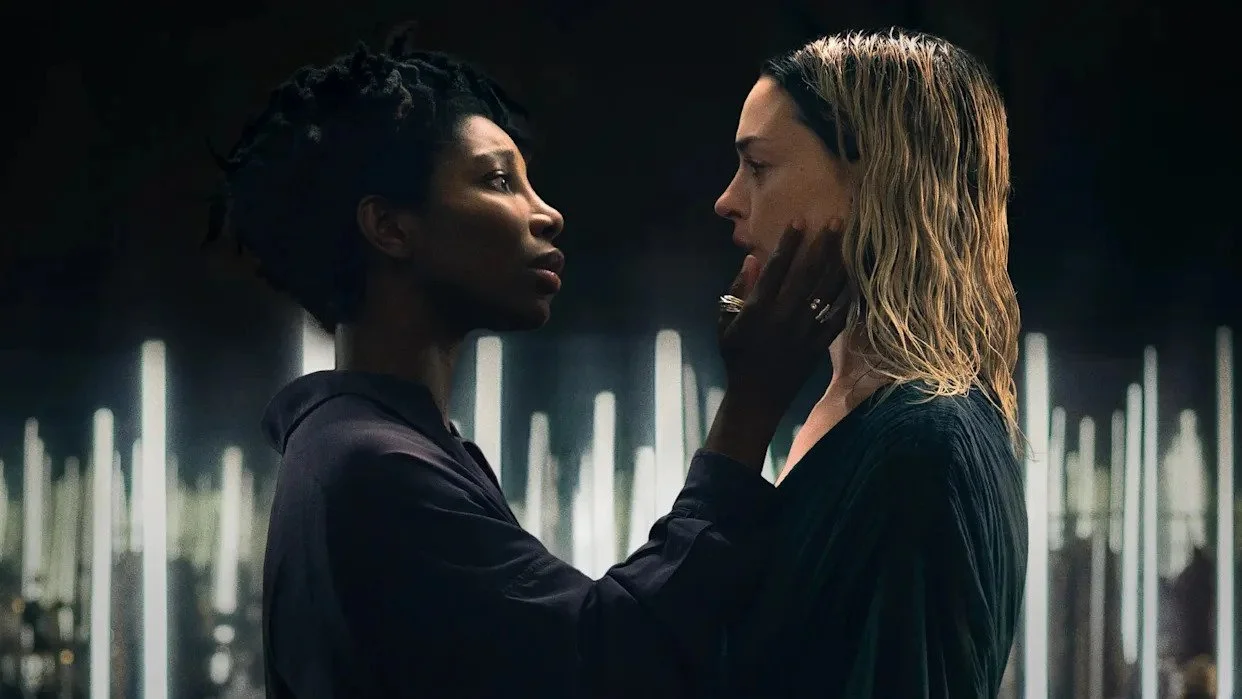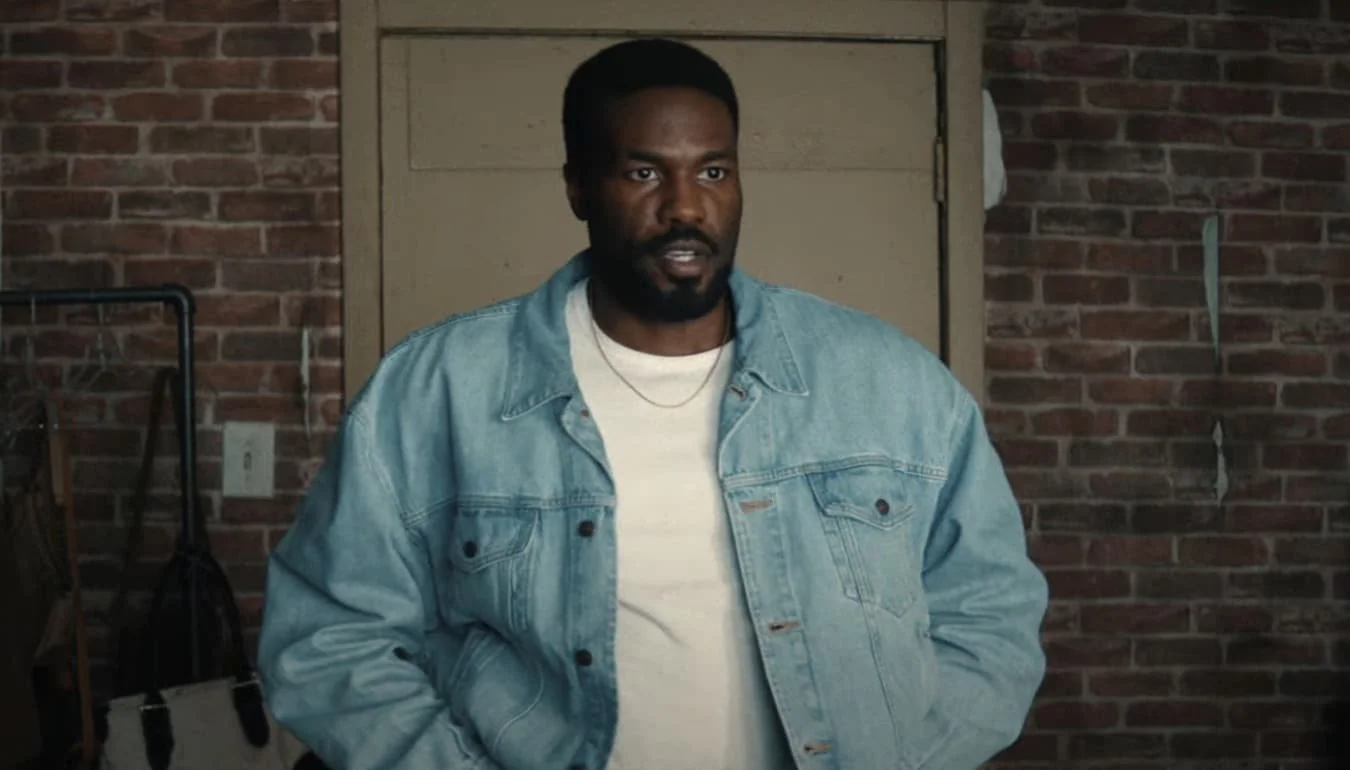Dunkirk
/
There is something severe about the Dunkirk trailer. For 2 minutes and 18 seconds, audiences bear witness to the plight of the allied forces trapped on the beaches awaiting evacuation under heavy enemy fire from the air, land, and sea. The shots are tastefully dramatized without the indulgences we have come to expect of depictions of war. The bleak tones of grey that characterize the state of desperation are all consuming. However, it is the music that generates the profound intensity of the trailer – the sparse dialogue and action sequences merely accompany the sounds of Dunkirk.
The film is directed by Christopher Nolan, ergo, the film is scored by Hans Zimmer. Unlike most blockbusters, which opt to use popular music or cover songs in their trailers to connect with the audience, Hans Zimmer’s instantly recognizable style and cultural capital caries enough clout to all but guarantee the film’s success. A partnership like no other, these two creatives have built a bonafide genre of film together, largely defined by their penchant for the epic. Evidence of the duo’s influence in film trailers is ubiquitous. Look no farther than their 2010 collaboration, Inception, which gave birth to one of the most recognizable (and co-opted) sounds in cinema, so infamous that the internet refers to it as the onomatopoeic “BRAAM.” In the Dunkirk trailer, Zimmer resists the impulse to use the sound he is credited with creating in favour of finding new ones.
The Dunkirk trailer opens with a ringing tone moving in and out of focus and then steady percussive ticking, like a clock in perfect 4/4 time accenting the first beat. At 0:17 a guttural bass tone slowly wobbles in, joined by a mid-range horn before dissipating. At 0:26, the bass bows deeply and the ticking finally relents, sounding only the first beat of each bar. Much like a piece of music, this break in the trailer leaves the audience in suspense, listening, waiting for the inevitable climax, or “drop.” The drop comes as a hail of gunfire. Serene, unmoving strings and choral sounds emerge from the chaos at 0:40, disturbing in their stark juxtaposition of on-screen tragedy. Again, at 0:57 the music is interrupted by the sounds of war. A heartbeat sound enters at 1:06, becoming the ostensible pulse of the music for the remainder of the trailer. Unfiltered piano and a dirty synthesizer appear at 1:28, providing a much needed harmonic progression, though offering little resolution. The music moves in crescendo, gaining momentum as the heartbeat morphs into a steadier beat and additional synthesizers join, rife with distortion. The music cuts abruptly at 1:58, recalling the serene voices and slow heart beat, lingering for the last few seconds.
Nolan and Zimmer are back.
–Andrew Sproule







